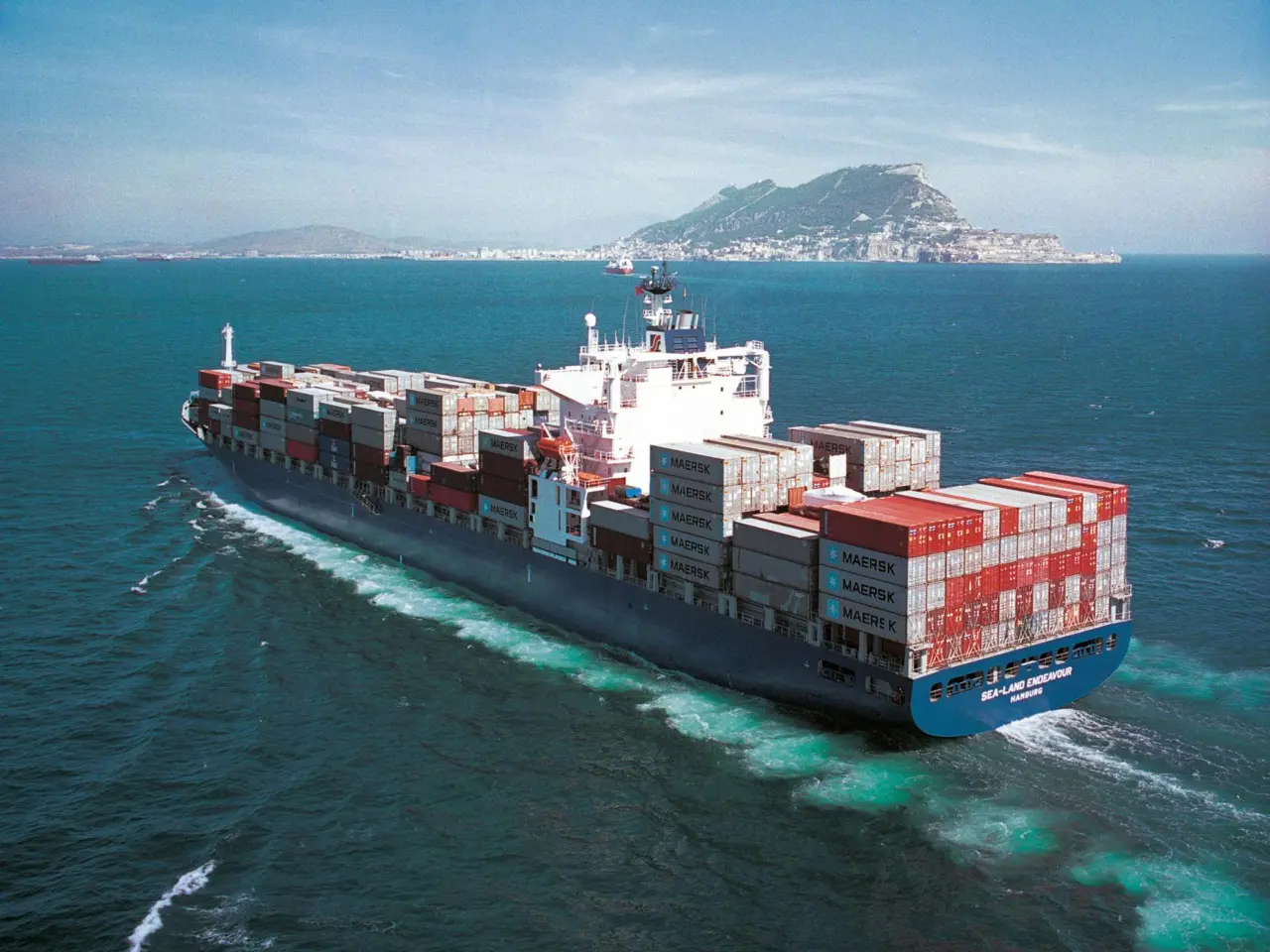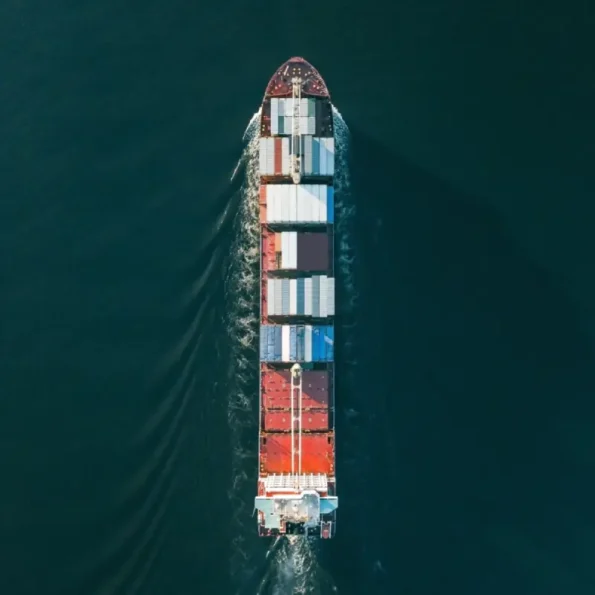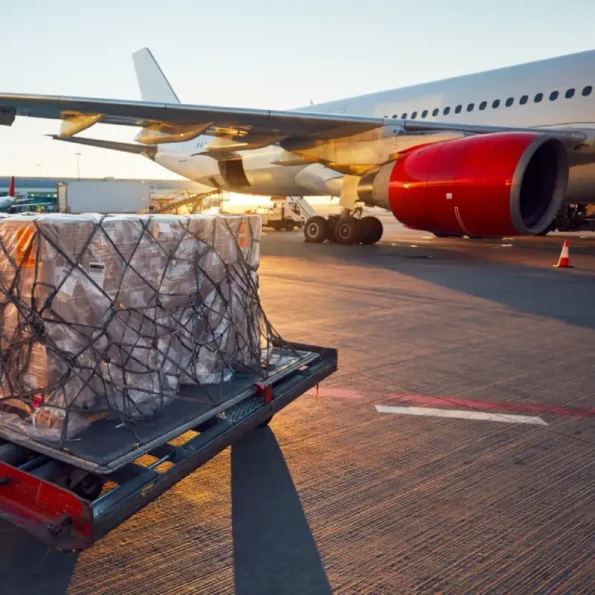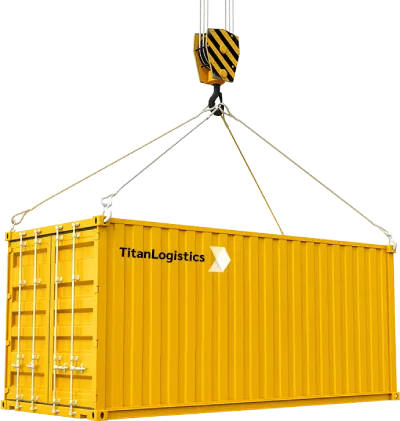
Understanding Short-Sea Shipping Challenges
Short-sea shipping, despite its advantages, comes with a set of challenges that impact the efficiency and reliability of sea freight operations.
- Port Congestion: Short-sea routes often involve ports with limited infrastructure, leading to congestion and delays in cargo handling.
- Regulatory Compliance: Navigating through different maritime regulations in short-sea shipping requires meticulous planning and adherence to diverse compliance standards.
- Weather Sensitivity: Short-sea shipping routes are susceptible to weather conditions, which can disrupt schedules and pose challenges for cargo safety.
- Intermodal Connectivity: Seamless intermodal connectivity is essential for the success of short-sea shipping, but gaps in infrastructure can hinder the smooth transition between sea and land transport.
- Environmental Concerns: Meeting environmental standards is crucial, and short-sea shipping must address sustainability issues and emission reduction measures.
- Trade Route Dynamics: Short-sea shipping routes often intersect with major trade routes, requiring careful navigation to avoid congestion and potential conflicts.







